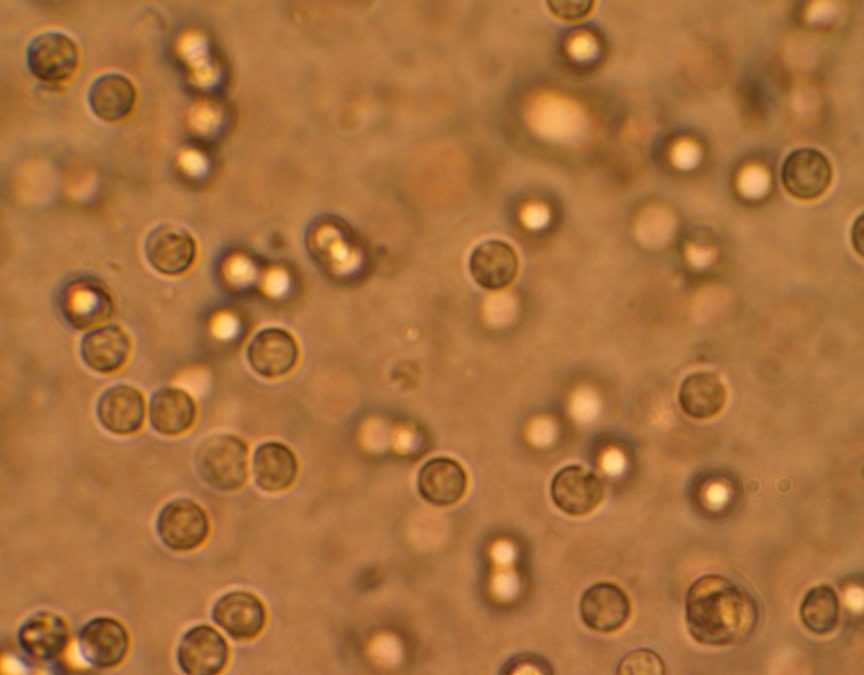Knowing the symptoms, causes and treatments for Urinary Tract Infections in children, is the first step in preventing this serious infection from occurring. First, we need to understand what the urinary tract is so we can better understand the infection.
The Urinary Tract
The urinary tract is made up of the kidneys, ureters, bladder, and the urethra. The urinary tract makes and stores urine. Urine is produced in the kidneys and then runs down two tubes known as the ureters. The bladder, a thin muscular bag, stores the urine until it is ready to exit the body. When it is time for the urine to exit the body, a muscle relaxes and urine is expelled through the body, through the urethra. The urethra opening is located above the vaginal opening for girls and at the end of the penis for boys.
Urinary Tract Infections
Normal urine has no bacteria. However, if bacteria does enter the urine this can lead to Urinary Tract Infections in children, two of the ways that germs can enter the urine are:
- The skin that surrounds the rectum and genitals.
- The blood stream from other parts of the body.
Bacteria can cause infections in one or all parts of the Urinary Tract, such as the following:
- Kidneys (called pyelonephritis)
- Bladder (called cystitis)
- Urethra (called urethritis)
Urinary Tract Infections in children are common and by 11 years old about 3% of girls and 1% of boys will have had one. Babies born too soon or infants that have something blocking the flow of urine are more likely to experience a UTI sooner in life. While it is more common for girls to contract UTIs than boys, boys can get UTIs as well. Boys who are uncircumcised have more UTIs than those who have been circumcised. Children who have a high fever, have a 1 in 20 chance of a UTI, even if they do not show any other symptoms.
Symptoms of Urinary Tract Infections in Children
Symptoms of UTIs may include the following:
- Pain or burning, during urination
- Needing to urinate more often or frequent bedwetting of a child who knows to use the toilet
- Urgent need to urinate
- Fever
- Refusing to eat, vomiting
- Side or back pain
- Abdominal pain
- Foul-smelling urine
- Bloody or cloudy urine
- Poor growth in an infant
- Unexplained and persistent irritability in an infant
Urinary Tract Infection Diagnosis
If your child is experiencing any of the above symptoms caused by a UTI, your pediatrician at The Pediatric Center will do any of the following procedures for Urinary Tract Infections in children:
- Ask about your family’s medical history, especially the history pertaining to Urinary Tract infections.
- Ask your child about their symptoms.
- Examine your child.
- Ask what foods your child has been eating and drinking.
- Get a urine sample, this is to test is check to see if your child’s urine contains bacteria or any other abnormalities.
How Urine is Collected
When it comes to Urinary Tract Infections in children, the urine must be tested and analyzed to determine whether there is a bacterial infection in the urinary tract. Older children will be asked to leave a urine sample in a container. Urine can be collected three different ways:
- Catheter – The preferred method to collect urine is by using a catheter. A catheter is a small tube that goes through the urethra into the bladder. The urine flows through this tube and is expelled into a special container
- Needle Aspiration – another method to obtain urine is to insert a needle into the bladder and extract the urine.
- Plastic Bag – for Urinary Tract infections in children that are too young to use the toilet, the doctor may place a plastic bag over the child’s genitals to get a good urine sample. Bacteria on the skin can contaminate the sample and give a false result, that’s why this method is only used to screen for an infection. If an infection does seem to be present within the urine, the doctor will collect the urine by using one of the first two methods mentioned earlier, to determine if bacteria is present in the urine.
Treatment for Urinary Tract Infections in Children
Since UTIs are caused by bacteria, antibiotics are used to treat this type of infection. The antibiotics will usually need to be taken for 7 to 14 days, depending on what your doctor at The Pediatric Center prescribes. Antibiotics can be administered orally with a liquid or pills. If your child is not able to hold food down, antibiotics may need to be given by injection. Even if your child feels better, you need to make sure that they take the entire prescribed medication to get rid of the infection. Urinary Tract Infections in children need to be treated to:
- Prevent the spread of the infection outside of the urinary tract.
- Reduce the chances of kidney damage.
- Get rid of the infection.
Follow up at The Pediatric Center
Urinary Tract Infections in children that occur when they are very young, are no cause for alarm, but they do require follow up appointments at The Pediatric Center. Your doctor will want to see your child for an ultrasound to see if the kidneys and bladder are acting normal. Remember early diagnosis and treatment for Urinary Tract infections in children is important because if left untreated, this can lead to long term medical issues in the future. If a child has had a UTI in the past, they are more likely to get one again. Call The Pediatric Center at (208) 523-3060 to talk to your doctor if you suspect your child has developed a Urinary Tract Infection.
Featured Image By Bobjgalindo – Own work, https://commons.wikimedia.org/w/index.php?curid=5652287


